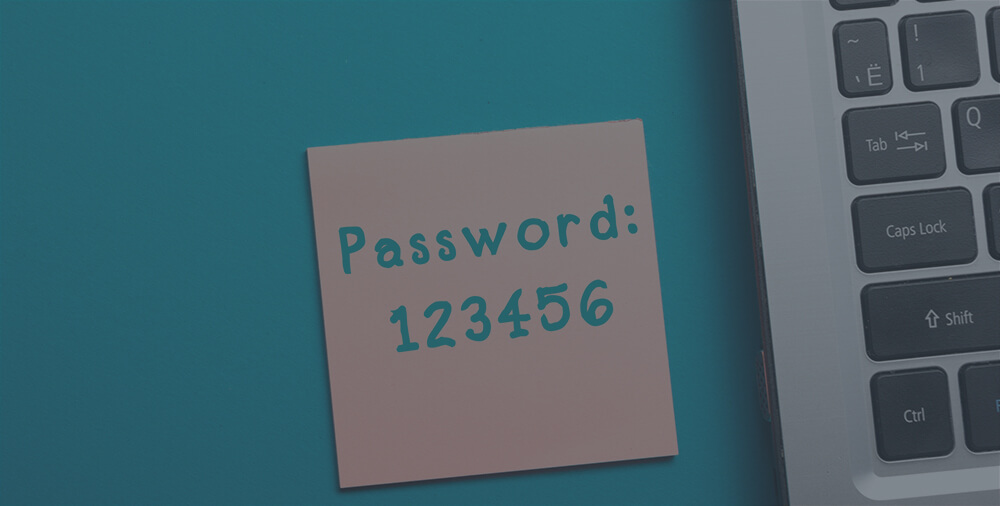Now is the time to protect yourself against account fraud and identity theft, which can do massive damage to your credit and finances. Luckily, you don’t have to be a finance guru or cybersecurity wizard to better protect your money and identity. Here are four realistic anti-fraud changes you can make immediately to protect yourself:
1. Use Strong Passwords
Weak passwords, such as a version of your birthday or your pet’s name, are easier to crack. And if you use the same password for every website and app you use, a criminal can crack a single password and gain access to everything. You should be using strong, unique passwords for every account you own.
Updating and remembering passwords doesn’t have to involve a spreadsheet or piece of paper. Password management tools like LastPass, Dashlane, or Sticky Password can create strong, original passwords for every account you own and sync them across multiple devices. All your passwords will be encrypted and protected behind multifactor authentication and other security tools.
While updating and moving all your passwords does require some setup, your accounts will be more secure in the long run.
2. Use Multifactor Authentication
Multifactor authentication should be used, at minimum, to protect your most sensitive accounts. This feature requires additional verification, in the form of a temporary passcode sent in an app or SMS, at the point of login. If criminals do get a hold of your username and password, they still won’t be able to get by the additional verification step.
Multifactor authentication isn’t 100% foolproof when passcodes are sent via SMS. But, unless you’ve become the victim of a SIM swap scam or your mobile device has been stolen, you can be reasonably confident that criminals won’t be able to get into your accounts.
3. Freeze Your Credit Reports
Thanks to federal legislation that went into effect last September, freezing your credit reports with all three credit bureaus is now free. Credit freezes are an important safeguard that can prevent many instances of identity theft.
Credit freezes put a hold on your credit reports so that lenders, creditors, and other companies are blocked from pulling your credit. This makes it difficult for criminals to open accounts in your name if the company in question requires credit checks. When you’re ready to submit a legitimate application, you can temporarily lift the freeze.
Credit freezes can’t stop identity theft that has already happened, but they can prevent future accounts from being opened in your name. You can freeze your reports in a matter of minutes on the websites of the three major credit bureaus.
4. Monitor Your Credit
Knowing the state of your credit will help you access the financial products you need and monitor for signs of identity theft. When inaccurate information lands on your credit report, it could be a result of human error or a sign that criminals are opening fraudulent accounts in your name.
Either way, it’s important to be familiar with your credit report and credit score. At a minimum, you should be checking your credit report once a year with each credit bureau and looking for inaccurate information to dispute and remove from your report.
If managing that process on your own sounds like a hassle, you can hire professionals to help you monitor your credit. IdentityIQ services monitor your credit reports and credit scores, providing you with up-to-date information and alerting you when there is suspicious activity. Plus, our team can watch the internet and dark web for signs that your personal information has been compromised, cover you for losses related to identity theft*, and even help if you lose your wallet.
Financial security and identity theft protection are a worthwhile investment – the alternative could mean financial losses and a negative impact to your credit. While there’s no way to completely protect yourself against fraud, a few small changes can go a long way. Protecting your money and identity now is a wise choice.

